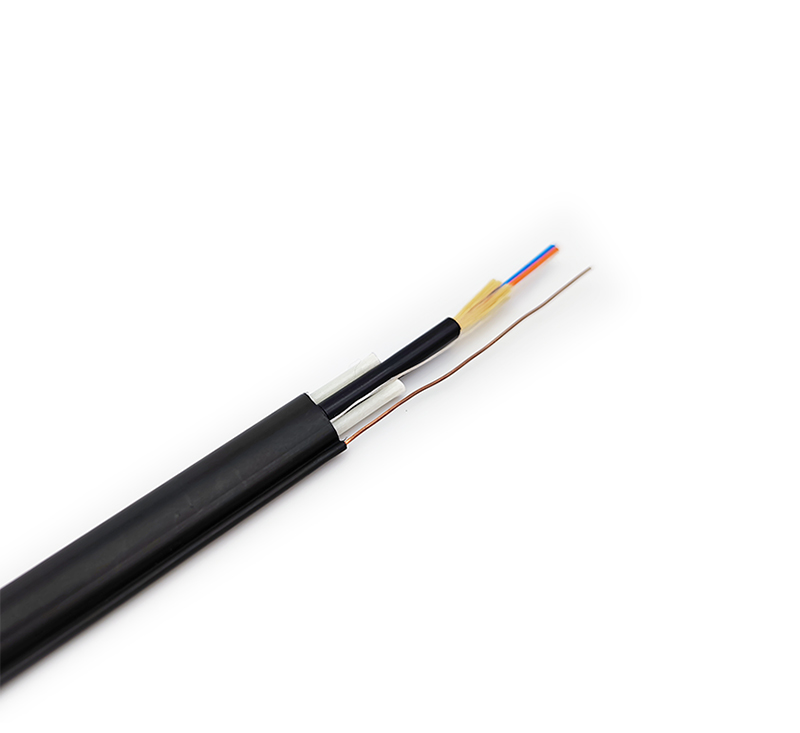1. first see if the indicator light and the twisted port port indicator light of the fiber transceiver or the light module is on?
A. If the light port (FX) indicator of the transceiver is not high, please determine whether the optical fiber link is crosslink? One end of the fiber jump line is connected in parallel; the other end is a cross -method connection.
B. For example, the light port (FX) indicator of the A transceiver is on, and the light port (FX) indicator of the B transceiver is not bright, then the failure is on the A transceiver: one may be: A transceiver (TX) light sending The mouth is bad, because the optical port (RX) of the B transceiver cannot receive the light signal; the other possibility is: the optical fiber link in the light sender (TX) of the A transceiver (TX) is a problem with the light sending port (optical cable or light jumper may broken).

C. The twisted line (TP) indicator is not bright, please determine whether the twisted line connection is wrong or the connection is error? Please use the pass test instrument to detect (however The road was turned on).
D. Some transceivers have two RJ45 ports: (to hub) indicate that the connection cable of the connection switch is the pass line; (to node) indicates that the connection cable of the connection switch is the cross line.
E. Some hairlines have MPR switches on the side: indicate that the connection cable of the connection switch is the direct line method; the DTE switch: The connection cable of the connection switch is the cross line method.
2. Is the optical cable and optical fiber jumping line broken?
A. Optical cable interpolation detection: Lighting, sunlight, and luminous bodies are illuminated by one end of the optical cable connector or puppet.
B. Fiber connection interruption test: Use laser flashlight, sunlight, etc. to illuminate the light of the fiber jump line; whether there is visible light on the other end? If there is visible light, it indicates that the fiber jump line is not broken.










